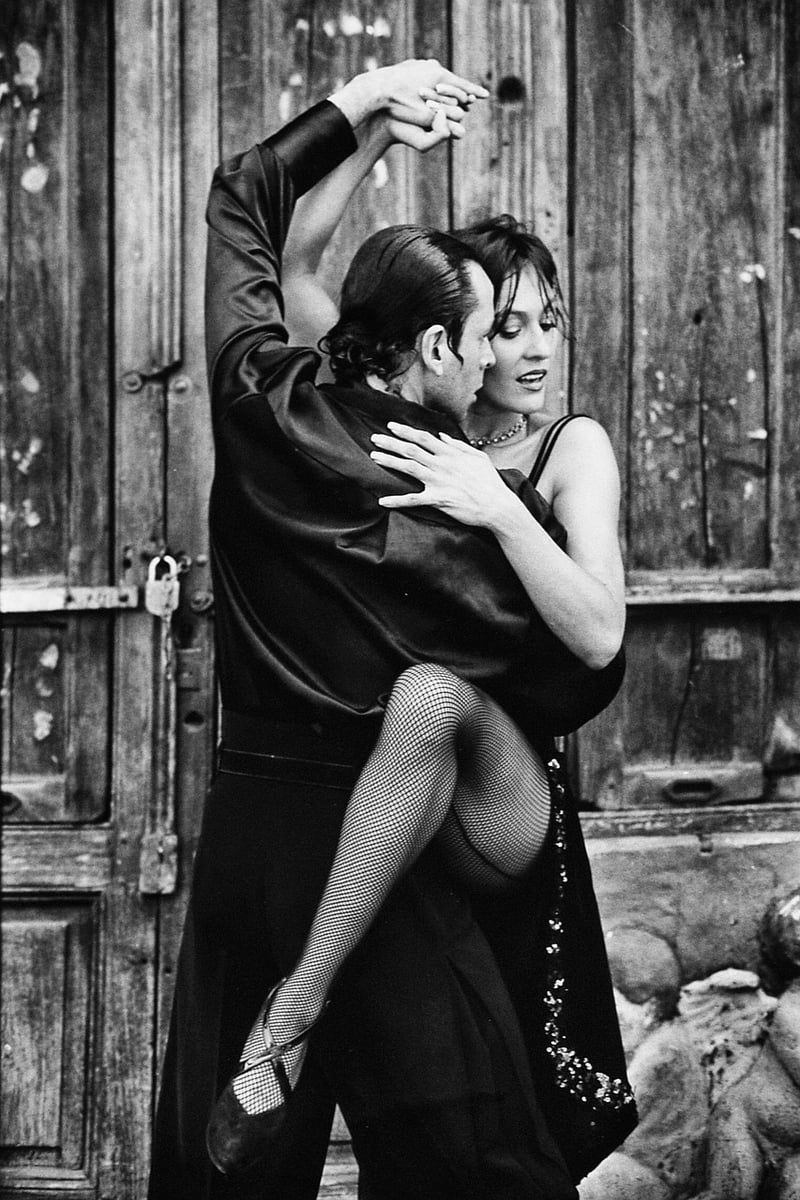Salsa
Express Yourself Through Movement + Salsa

Are you looking for a fun and exciting way to express yourself through movement? Look no further than salsa dancing! Salsa is not just a dance; it's a form of self-expression that allows you to connect with others, let loose, and have a great time.
Benefits of Salsa Dancing
- Improves cardiovascular health
- Boosts coordination and balance
- Enhances mood and reduces stress
- Builds confidence and self-esteem
- Provides a social outlet to meet new people
Whether you're a seasoned dancer or a complete beginner, salsa dancing is a fantastic way to get moving and have fun. The rhythmic beats and energetic movements will have you hooked from the first step.
Join a Salsa Class
If you're ready to immerse yourself in the world of salsa dancing, consider joining a salsa class in your area. Professional instructors will teach you the basic steps, turns, and partner work, guiding you through each movement with patience and enthusiasm.
Don't worry if you think you have two left feet! Salsa is a dance that anyone can learn with practice and dedication. So grab a pair of dance shoes and get ready to salsa your way to a healthier, happier you!
Express yourself through movement and salsa dance your way to a more vibrant and fulfilling life!
Image source: Pixabay
